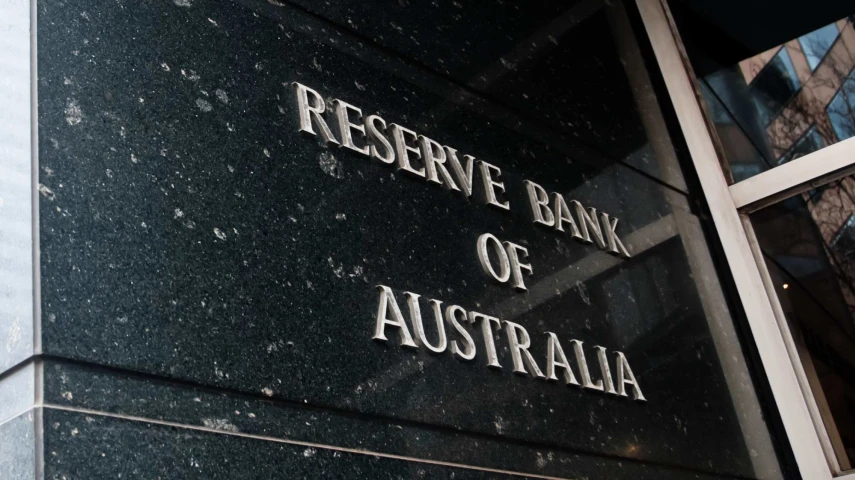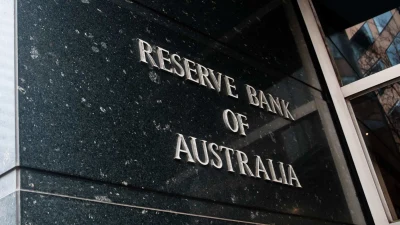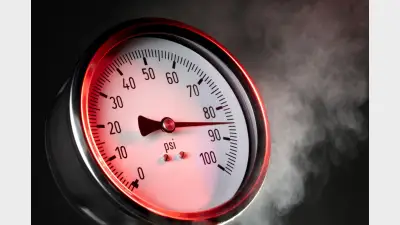RBA makes final 2024 rate call



The Reserve Bank of Australia (RBA) has announced another rate hold amid stubborn inflation and faltering economic growth.
The RBA left the cash rate unchanged at 4.35 per cent for the ninth consecutive time.
The market was unanimous on the RBA holding the cash rate.
The RBA’s last rate hike occurred in November last year, marking its 13th since it commenced its tightening cycle in May 2022.
Since then, trimmed mean inflation has eased from above 5 per cent year-on-year to 3.5 per cent, but remains well above the RBA’s 2–3 per cent comfort zone, defying a cooling economy.
Productivity woes are partly to blame, economists agree, with Q3 data revealing falling output per worker and surging unit labour costs, up 4.3 per cent year-on-year.
Prior to the rate announcement on 10 December, Paul Bloxham, chief economist at HSBC, attributed inflation’s stickiness to several factors: cautious rate hikes designed to protect employment, expansionary fiscal policies, and a struggling supply side.
“Our central case is that cuts will start from Q2 2025, and we expect only a shallow easing phase, with the cash rate at 3.85 per cent by end-2025 and 3.60 per cent in early 2026.
“We see a 25 per cent chance of no cuts at all in 2025,” Bloxham said.
Compounding the RBA’s dilemma is Australia’s surprisingly resilient labour market, CBA’s economist Gareth Aird acknowledged last week, which remains at 4.1 per cent, even as GDP growth crawls at an annual rate of just 0.8 per cent – its slowest pace in decades outside of the pandemic.
Aird noted that rising joblessness was expected amid seven consecutive quarters of per-person economic contraction, but the labour market’s surprising resilience is sustaining inflationary pressures and keeping the RBA cautious.
“We expect the RBA board will leave the cash rate unchanged next week in a straightforward decision,” Aird said at the time.
He highlighted that while the central bank expected to see another contraction in the economy on a per-capita basis in the September quarter, “GDP growth was softer than the RBA anticipated”.
The CBA expects the central bank to begin cutting rates in February. Its peers, however, have pushed back their rate cut forecasts to May.
Recommended for you
The use of total portfolio approaches by asset allocators is putting pressure on fund managers with outperformance being “no longer sufficient” when it comes to fund development.
With evergreen funds being used by financial advisers for their liquidity benefits, Harbourvest is forecasting they are set to grow by around 20 per cent a year to surpass US$1 trillion by 2029.
Total monthly ETF inflows declined by 28 per cent from highs in November with Vanguard’s $21bn Australian Shares ETF faring worst in outflows.
Schroders has appointed a fund manager to its $6.9 billion fixed income team who joins from Macquarie Asset Management.










